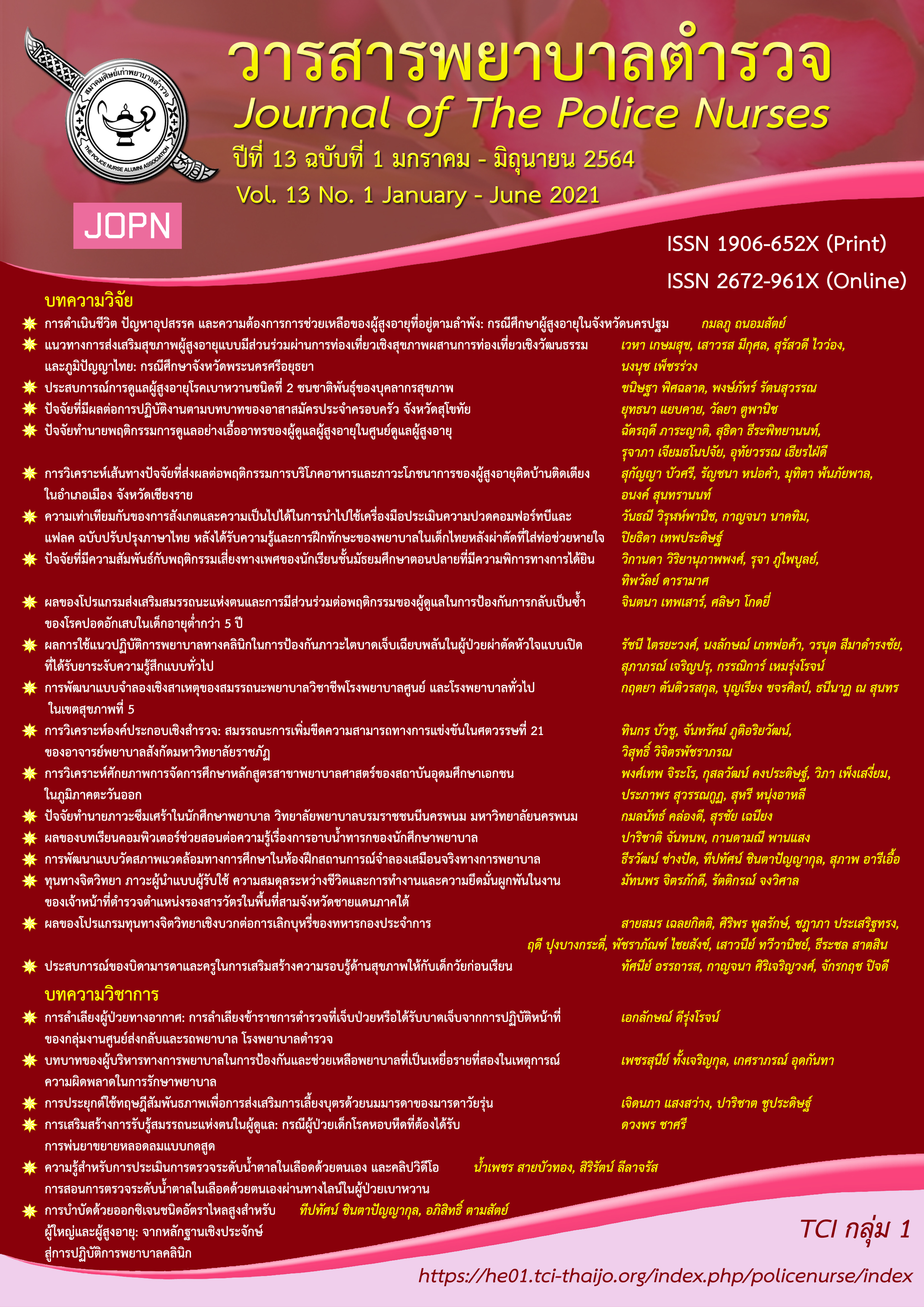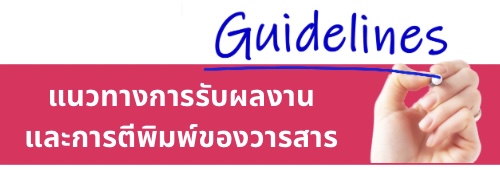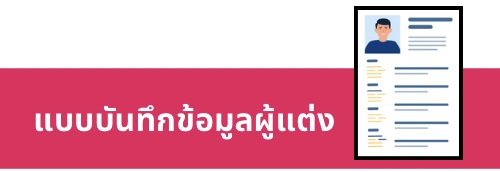บทบาทของผู้บริหารทางการพยาบาลในการป้องกันและช่วยเหลือพยาบาลที่เป็นเหยื่อรายที่สองในเหตุการณ์ความผิดพลาดในการรักษาพยาบาล
คำสำคัญ:
เหยื่อรายที่สอง, พยาบาล, บทบาทของผู้บริหาร, ความผิดพลาดในการรักษาพยาบาลบทคัดย่อ
เมื่อมีเหตุการณ์ความผิดพลาดในการรักษาพยาบาลเกิดขึ้น ผู้ป่วยจะเป็นเหยื่อรายแรกในเหตุการณ์ที่อยู่ในภาวะอันตรายและอาจเสียชีวิตได้ นอกจากนี้ ยังมีผู้ที่ตกเป็นเหยื่อในเหตุการณ์จำนวนมาก หนึ่งในจำนวนนั้น คือ บุคลากรทางสาธารณสุขที่ได้รับผลกระทบจากการเข้าไปเกี่ยวข้องในเหตุการณ์จนเกิดความรู้สึกทางลบและความทุกข์ทรมานจากความผิดพลาดและอันตรายที่เกิดขึ้นกับผู้ป่วย ซึ่งเราเรียกบุคลากรทางสาธารณสุขดังกล่าวว่า “เหยื่อรายที่สอง” ของเหตุการณ์ บุคลากรทางสาธารณสุขทุกคนมีโอกาสที่จะเป็นเหยื่อรายที่สอง โดยเฉพาะพยาบาลมีโอกาสตกเป็นเหยื่อรายที่สองได้มากกว่าวิชาชีพอื่นเนื่องจากต้องดูแลผู้ป่วยอย่างใกล้ชิดตลอดเวลา ซึ่งตามปกติพยาบาลที่เป็นเหยื่อรายที่สองจะมีการปรับตัวต่อเหตุการณ์ในเป็น 6 ระยะ ดังนี้ 1) สับสนและตอบสนองต่อเหตุการณ์ 2) คิดวกวนอยู่กับเหตุการณ์ที่เกิดขึ้น 3) เรียกความสมบูรณ์ในตัวเองกลับมา 4) อดทนต่อการถูกสอบสวน 5) แสวงหาแหล่งช่วยเหลือทางด้านจิตใจ และ 6) ไปต่อในรูปแบบละทิ้งปัญหา อยู่รอดไปวันต่อวัน หรือ ก้าวข้ามปัญหา อย่างไรก็ตาม พยาบาลยังคงต้องการความช่วยเหลือจากผู้บริหารทางการพยาบาลที่มีบทบาทสำคัญ คือ การแสดงความจริงใจและให้การสนับสนุนทางด้านจิตใจแก่พยาบาล และมีการวางแนวทางเชิงรุกในการป้องกันไม่ให้เหตุการณ์ความผิดพลาดเกิดซ้ำขึ้นมาอีก
Downloads
เอกสารอ้างอิง
Aleccia, J. (2011). Nurse’s suicide highlights twin tragedies of medical errors. Retrieved from https://www.nbcnews.com/health/health-news/nurses-suicide-highlights-twin-tragedies-medical-errors-flna1C9452213
Edrees, H., Connors, C., Paine, L., Norvell, M., Taylor, H., & Wu, A. W. (2016). Implementing the RISE second victim support programme at the Johns Hopkins hospital: A case study. British Medical Journal Open, 6 (9), e011708. http://www.doi.org/10.1136/bmjopen-2016-011708
Kobe, C., Blouin, S., Moltzan, C., & Koul, R. (2019). The second victim phenomenon: Perspective of Canadian radiation therapists. Journal Medical Imaging and Radiation Sciences, 50(1), 87-97.
Kronman, A. C., Paasche-Orlow, M., & Orlander, J. D. (2012). Factors associated with disclosure of medical errors by house staff. British Medical Journal Quality and Safety, 21(4), 271– 278. http://www.doi.org/10.1136/bmjqs-2011-000084
Martens, J., van Gerven, E., Lannoy, K., Panella, M., Euwema, M., Sermeus, W., . . . Vanhaecht, K. (2016). Serious reportable events within the inpatient mental health care: Impact on physicians and nurses. Revista de Calidad Asistencial, 31, 26-33. http://www.doi.org/10.1016/j.cali.2016.04.004
McCann, C. M., Beddoe, E., McCormick, K., Huggard, P., Kedge, S., Adamson, C., & Huggard, J. (2013). Resilience in the health professions: A review of recent literature. International Journal of Wellbeing, 3(1), 60-81. http://www.doi.org/10.5502/ijw.v3i1.4
Mok, W. Q., Chin, G. F., Yap, S. F., & Wang, W. (2020). A cross-sectional survey on nurses’ second victim experience and quality of support resources in Singapore.Journal of Nursing Management, 28(2), 286–293. http://www.doi.org/10.1111/jonm.12920
Ozeke, O., Ozeke, V., Coskun, O., & Budakoglu, I. I. (2019). Second victims in health care: Current perspectives. Advances in Medical Education and Practice, 10, 593–603. http://www.doi.org/10.2147/AMEP.S185912
Robertson, J. J., & Long, B. (2018). Suffering in silence: medical error and its impact on health care providers. Journal of Emergency Medicine, 54(4), 402-409. http://www.doi.org/10.1016/j.jemermed.2017.12.001
Scott, S. D., Hirschinger, L. E., Cox, K. R., McCoig, M., Brandt, J., & Hall, L. W. (2009). The natural history of recovery for the healthcare provider “second victim” after adverse patient events. Quality & Safety in Health Care, 18(5), 325-330. http://www.doi.org/10.1136/qshc.2009.032870
Scott, S. D., Hirschinger, L. E., Cox, K.R., McCoig, M., Hahn-Cover, K., Epperly, K. M., . . . Hall, L. W. (2010). Caring for our own: Deploying a systemwide second victim rapid response team. The Joint Commission Journal on Quality and Patient Safety, 36(5), 233–240. http://www.doi.org/10.1016/s1553-7250(10)36038-7
The Healthcare Accreditation Institution (Public Organization). (2018). Personnel safety goals: SIMPLE Thailand 2018.Nonthaburi: The Healthcare Accreditation Institution (Public Organization).
Wolf, Z. R., Serembus, J. F., Smetzer, J., Cohen, H., & Cohen, M. (2000). Responses and concerns of healthcare providers to medication errors. Clinical Nurse Specialist, 14(6), 278–287. http://www.doi.org/10.1097/00002800-200011000-00011
Wu, A. W. (2000). Medical error: The second victim. The doctor who makes the mistake needs help too. British Medical Journal, 320(7237), 726–727. http://www.doi.org/10.1136/bmj.320.7237.726
Wu, A. W., & Steckelberg, R. C. (2012). Medical error, incident investigation and the second victim: Doing better but feeling worse? British Medical Journal Quality and Safety, 21(4), 267– 270. http://www.doi.org/10.1136/bmjqs-2011-000605
ดาวน์โหลด
เผยแพร่แล้ว
รูปแบบการอ้างอิง
ฉบับ
ประเภทบทความ
สัญญาอนุญาต
ผลงานที่ได้ตีพิมพ์แล้วจะเป็นลิขสิทธิ์ของวารสารพยาบาลตำรวจ















